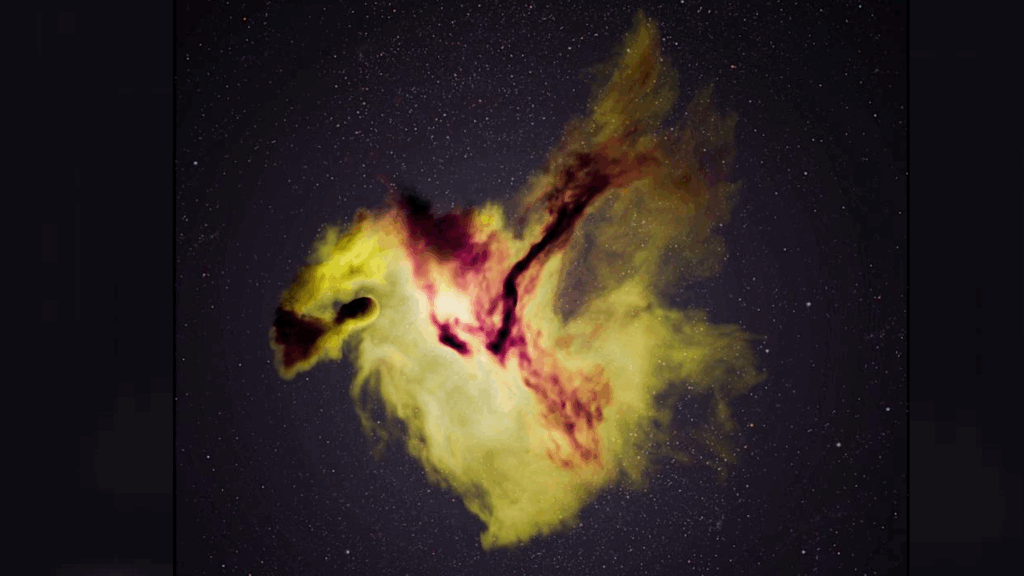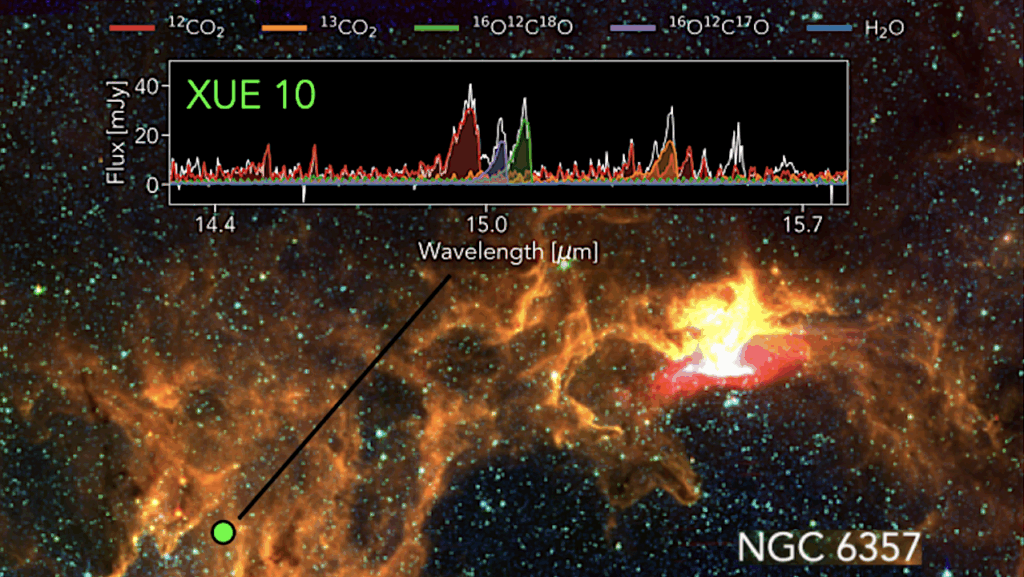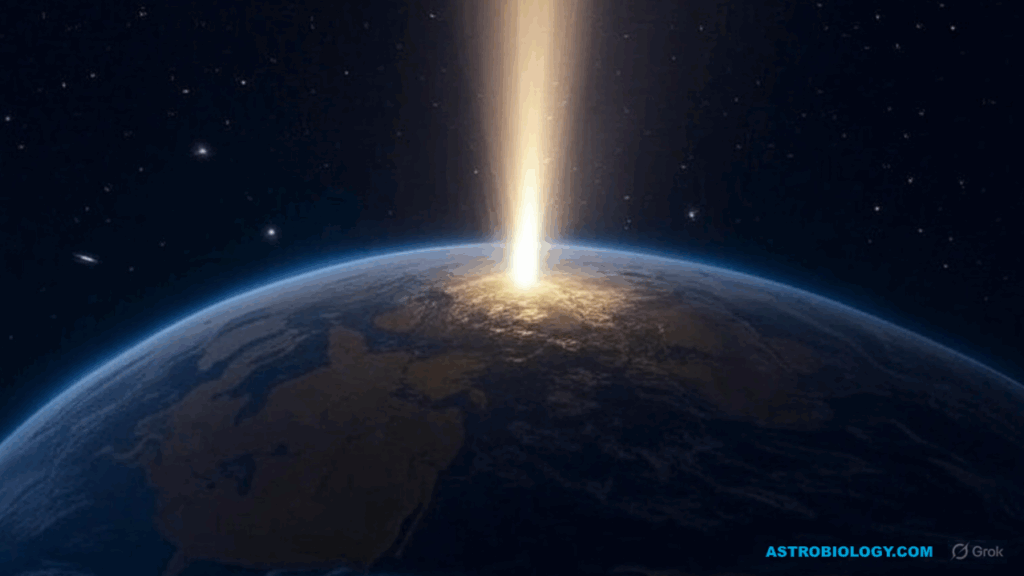Modeling the Impact of Moderate External UV Irradiation on Disk Chemistry

The chemistry within a protoplanetary disk is greatly affected by external radiation from the local stellar environment.
Previous work has focused on extreme radiation fields, representative of the center of something like the Orion Nebula Cluster. However, even in such environments, many disks exist at the edges of a cluster where the lower stellar density leads to radiation fields weaker by orders of magnitude compared to the center.
We present new chemical models of a T-Tauri disk in the presence of a moderately increased interstellar radiation field (ISRF). Such an environment has a background UV strength of 10 to 100 times higher than the galactic average ISRF. Moderate radiation fields are among the most prevalent disk-harboring environments and have interesting implications for the chemistry of the outer disk radii.
We find that the external UV radiation creates an outer ionization front that impacts the cold disk chemistry to varying degrees, depending on outer disk structure. Certain molecules like C+, N2H+, C, and CS are more strongly impacted by the ISRF in their abundance, column density, and observable emission. Other abundant species like HCO+ and CO are less affected by the external UV flux in the outer disk under such moderate UV conditions.
Further, we demonstrate that the chemistry occurring in the inner tens of au is relatively unchanged, which suggests that even in moderately externally irradiated disks, the inner disk chemistry may be more similar to isolated disks like those in, e.g., the Taurus and Lupus star-forming regions.
Rachel E. Gross, L. Ilsedore Cleeves
Subjects: Earth and Planetary Astrophysics (astro-ph.EP); Astrophysics of Galaxies (astro-ph.GA); Solar and Stellar Astrophysics (astro-ph.SR)
Cite as: arXiv:2501.06156 [astro-ph.EP] (or arXiv:2501.06156v1 [astro-ph.EP] for this version)
https://doi.org/10.48550/arXiv.2501.06156
Focus to learn more
Submission history
From: Rachel Gross
[v1] Fri, 10 Jan 2025 18:28:03 UTC (8,405 KB)
https://arxiv.org/abs/2501.06156
Astrobiology,








